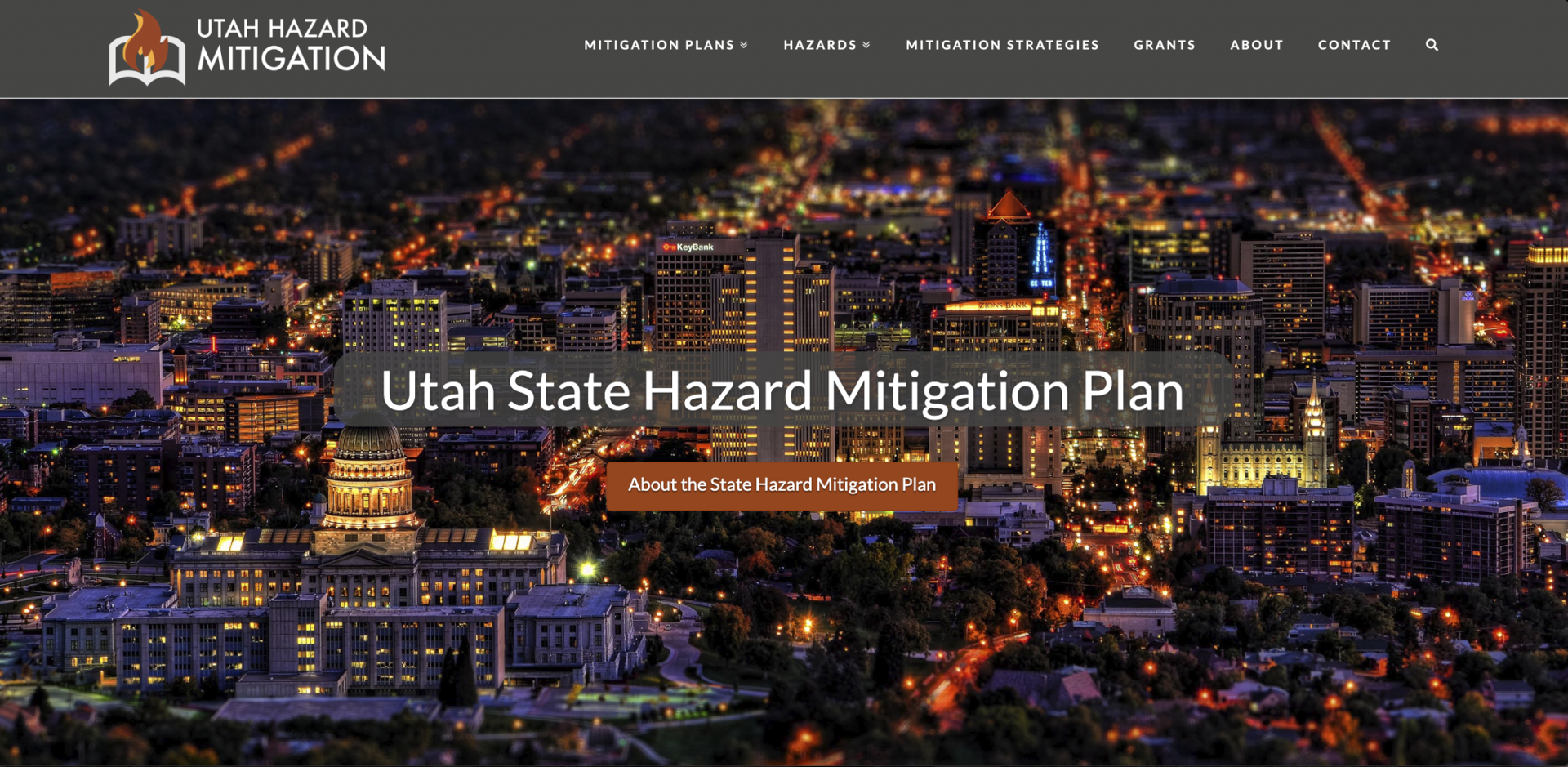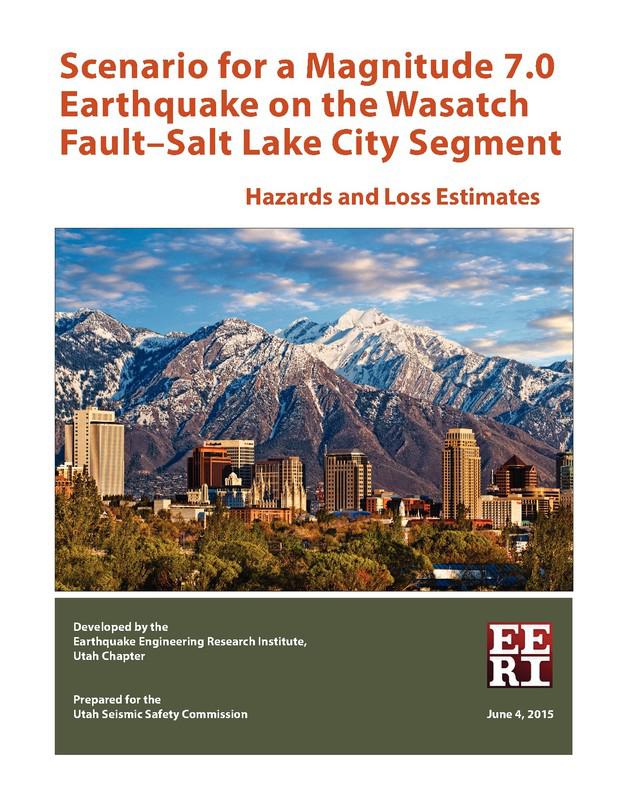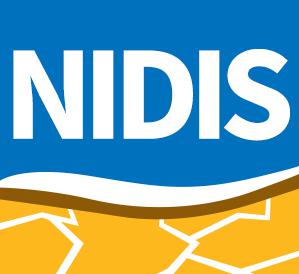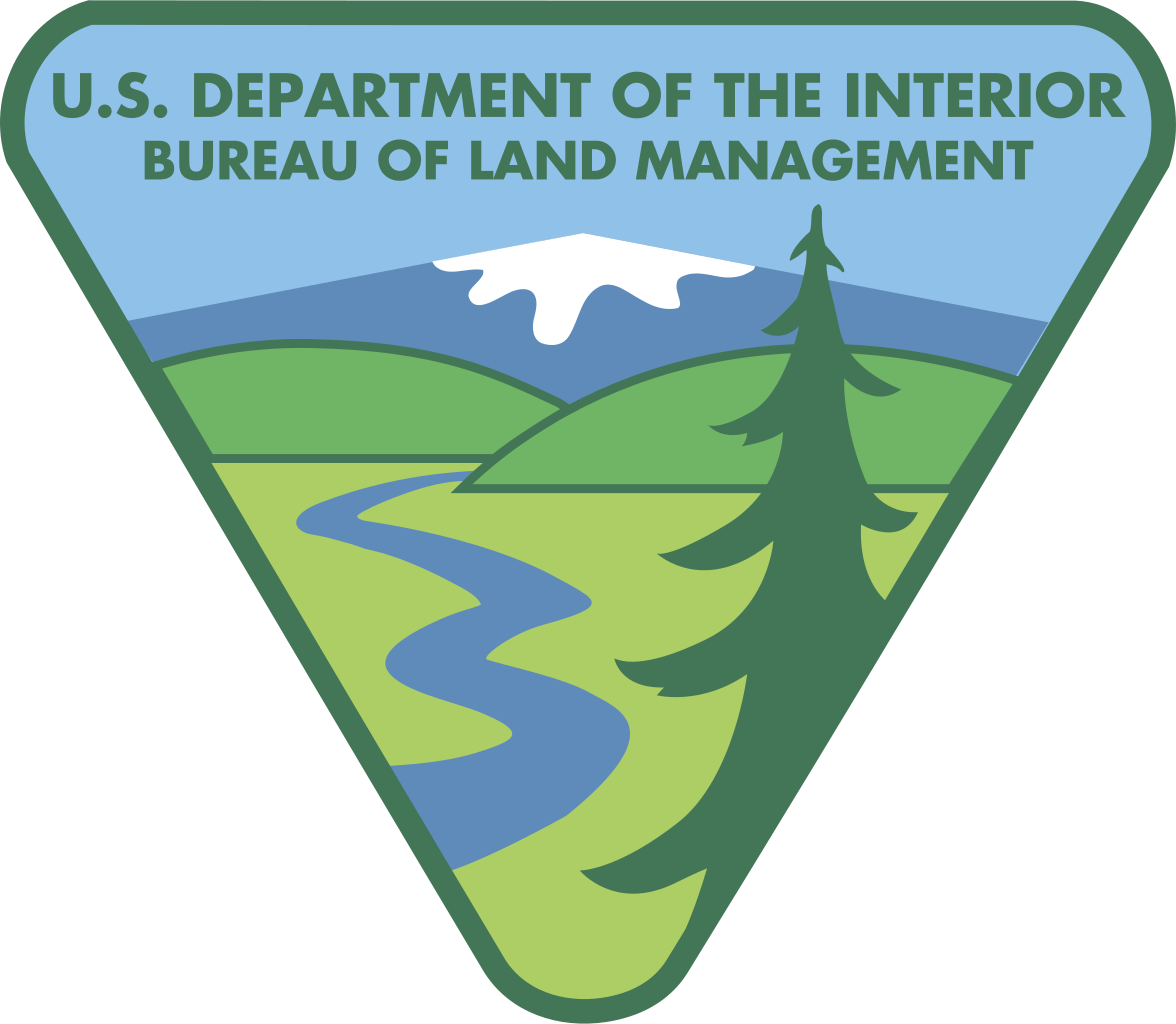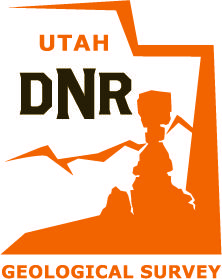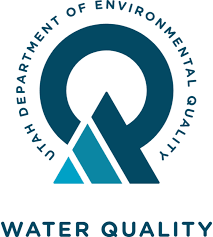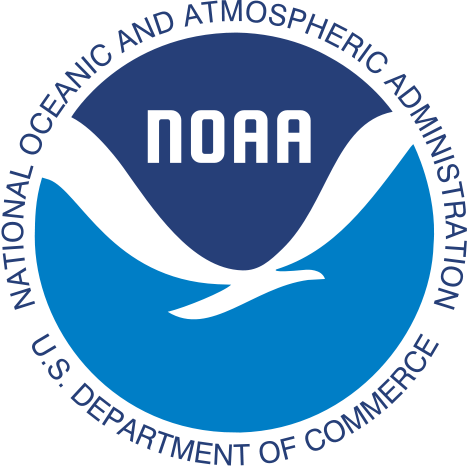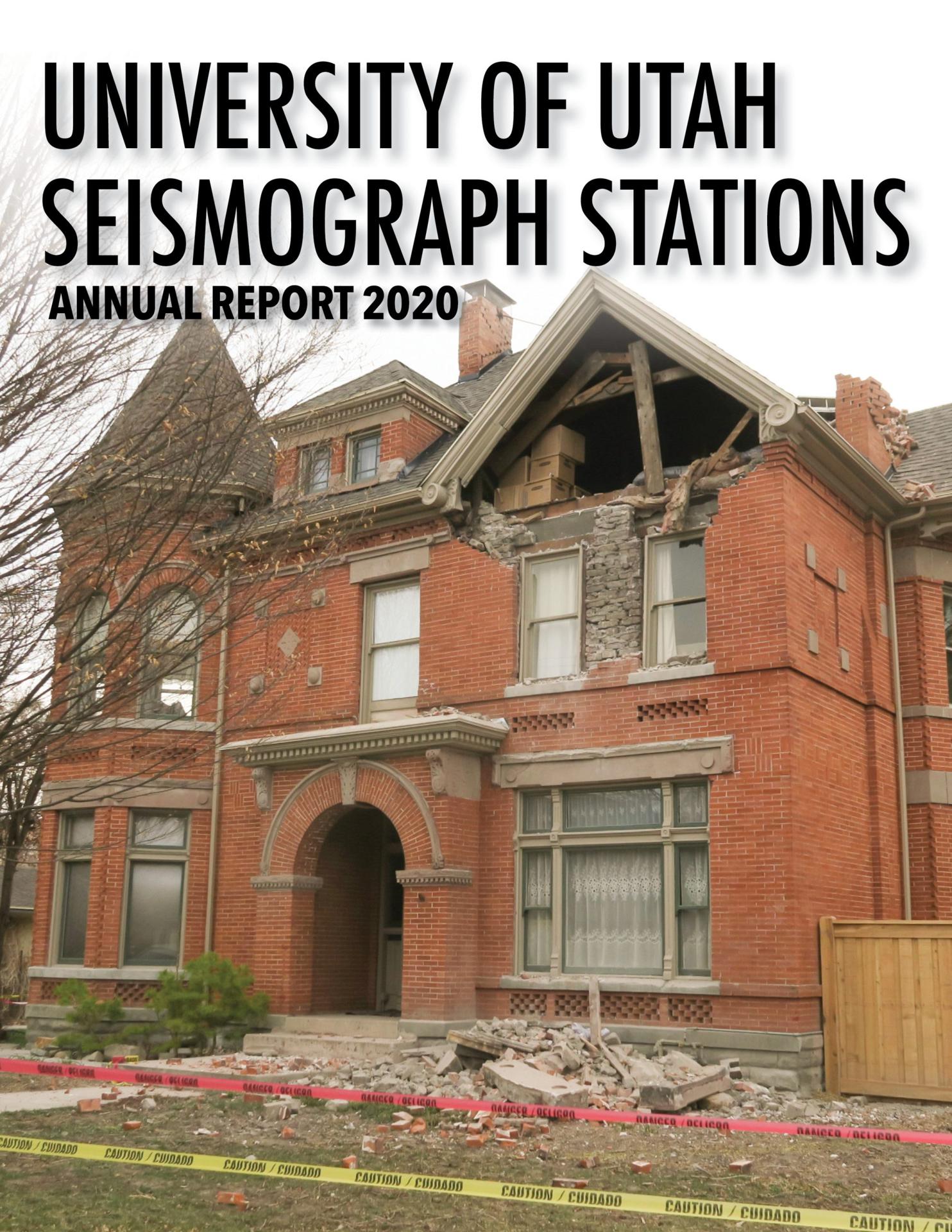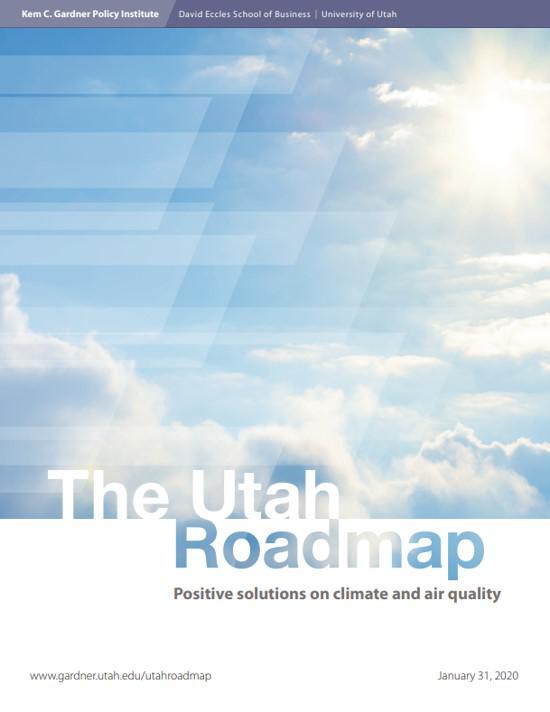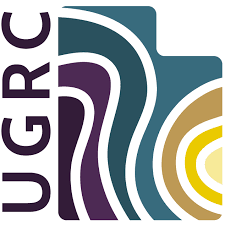Funding Opportunities
Federal, State, and Local
Additional Plans and Studies
Resources used to create the Plan
ADDITIONAL ASSISTANCE
MAG would be happy to perform additional outreach such as:
-Host a booth at a local event
-Present to councils, neighborhoods, or other groups
-Prepare online materials
-Provide additional technical assistance for specific projects or areas
-Coordinate mitigation projects that cross jurisdictions
-Liaison with the State Department of Emergency Management
Federal Programs:

BRIc grants
Building Resilient Infrastructure and Communities (BRIC) will support states, local communities, tribes and territories as they undertake hazard mitigation projects, reducing the risks they face from disasters and natural hazards. The BRIC program guiding principles are supporting communities through capability- and capacity-building; encouraging and enabling innovation; promoting partnerships; enabling large projects; maintaining flexibility; and providing consistency. 75% Federal share with 25% local match; 90% Federal 10% local match for "small and impoverished communities"
bric website
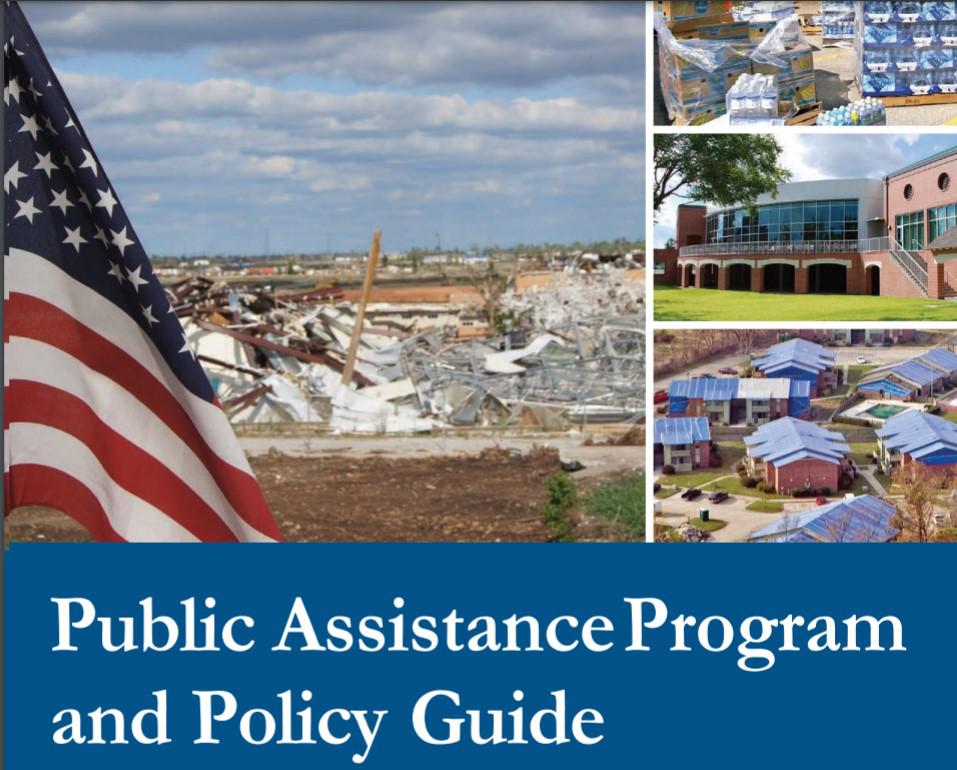
Public assistance Program
Provides funding to local governments following a Presidential Disaster Declaration for mitigation measures in conjunction with the repair of damaged public facilities and infrastructure. The mitigation measures must be related to eligible disaster-related damages and must directly reduce the potential for future, similar disaster damages to the eligible facility. These opportunities usually present themselves during the repair/replacement efforts. Private nonprofit organizations that own or operate facilities that provide services otherwise performed by a government agency are also eligible, such as universities, hospitals, and retirement homes.
FEMA's Public Assistance Program
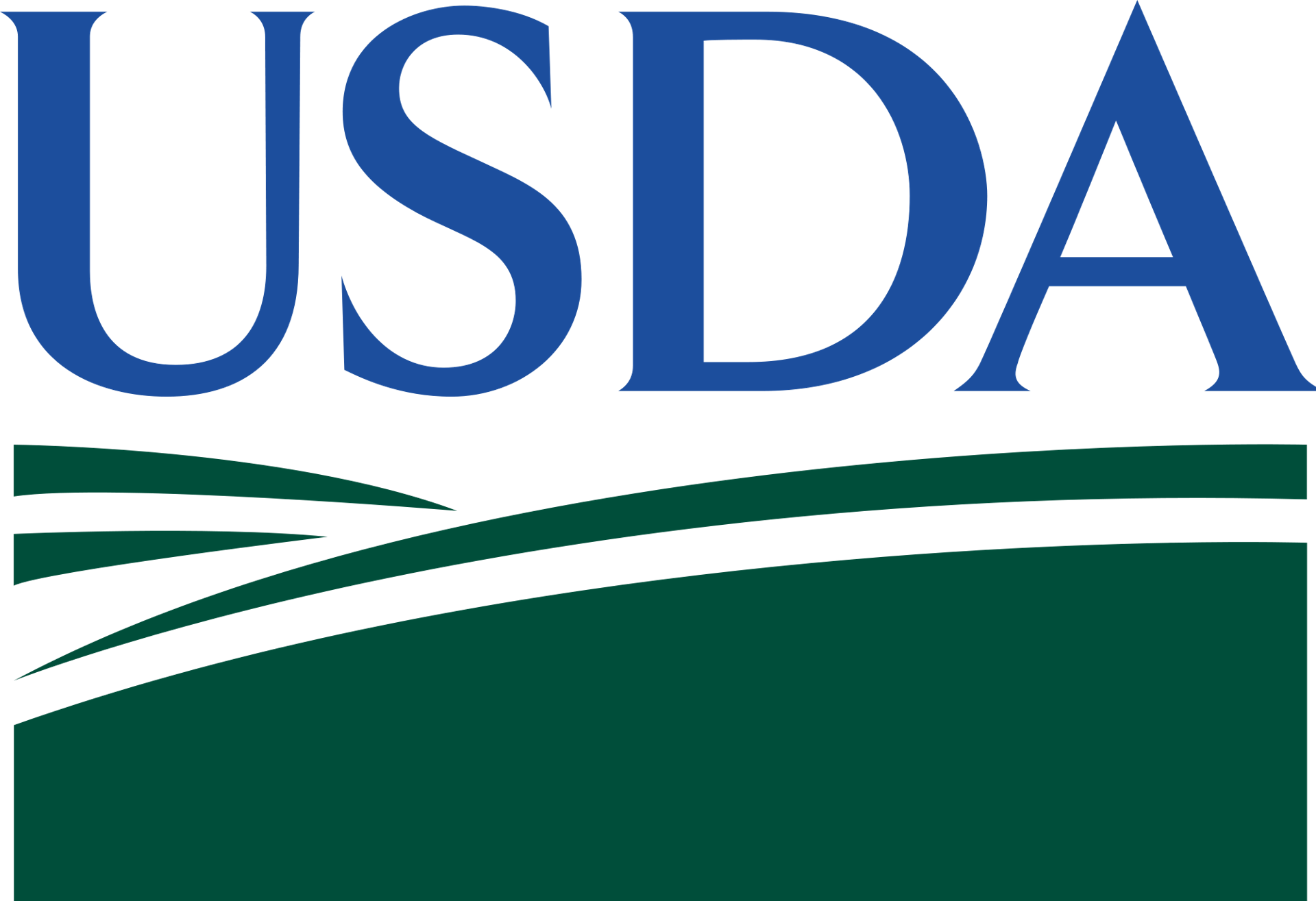
US department of agriculture
The USDA administers Natural Resource Conservation grants and provides crop insurance.The Federal crop insurance program is designed to provide a robust and reliable farm safety net, regardless of the size and scope of natural disasters. USDA’s Risk Management Agency (RMA) works closely with Approved Insurance Providers (AIPs), who sell and service the policies that producers purchase, to ensure efficient loss adjustment and prompt claims payments, even in times of major disasters.
usda website
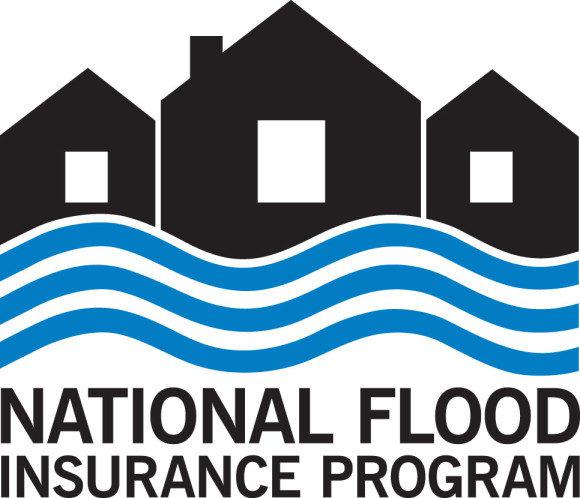
flood mitigation assistance
FEMA’s Flood Mitigation Assistance program (FMA) provides funding to assist states and communities in implementing measures to reduce or eliminate the long-term risk of flood damage to buildings, manufactured homes and other structures insurable under the National Flood Insurance Program (NFIP).75% Federal share with 25% local match
FEMA WEBSITE
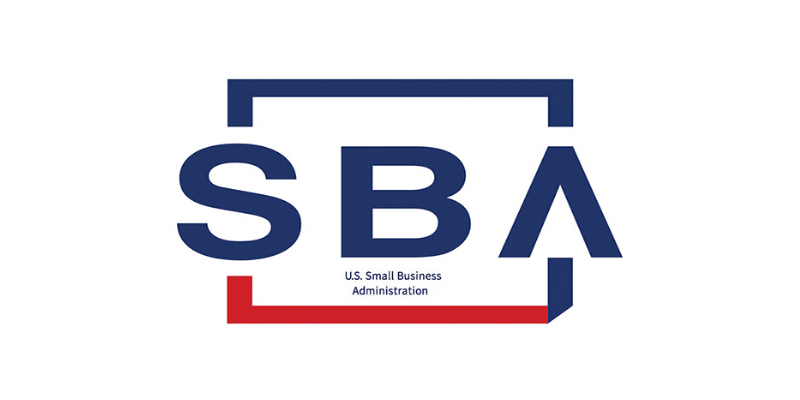
small business administration disaster assistance
The SBA Disaster Assistance Program provides low-interest loans to businesses following a Presidential disaster declaration. The loans target businesses to repair or replace uninsured disaster damages to property owned by the business, including real estate, machinery and equipment, inventory and supplies. Businesses of any size are eligible, along with non-profit organizations.
SBA loans can be utilized by their recipients to incorporate mitigation techniques into the repair and restoration of their business.
US SMALL BUSINESS ADMINISTRATION
State Funding:

emergency management performance grants
The EMPG program provides federal grants to states to assist state, local, territorial and tribal governments in preparing for all hazards. This grant is available to all counties, cities, tribes, and public institutions of higher learning that have an emergency management program and a paid part-time or full-time emergency manager. The grant provides financial assistance and technical expertise. EMPG provides funds to supplement pre-established local emergency management programs in building capabilities to implement the National Preparedness System and support the National Preparedness Goal.
DEPARTMENT OF EMERGENCY MANAGEMENT EMPG

Community impact board
Utah’s Community Development Office builds local capacity to help communities become self-reliant, self-determined and prepared for the future. Programs managed by the office work closely together to provide funding for infrastructure alongside tools and resources to help communities with coordination, training, research and analysis, planning and technical assistance.The Office provides Community Impact Board grants and Community Development Block Grants.
UTAH DEPARTMENT OF WORKFORCE SERVICES
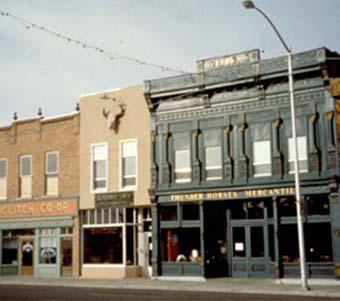
historic building preservation
he Certified Local Government (CLG) program is designed to promote historic preservation at the local level. The Certified Local Government (CLG) program is designed to promote historic preservation at the local level. This is a federal program through the National Park Service and administered by the Utah State Historic Preservation Office (SHPO). Qualified local governments become "certified" and thereby qualify to receive matching grants from the SHPO
UTAH DIVISION OF STATE HISTORY
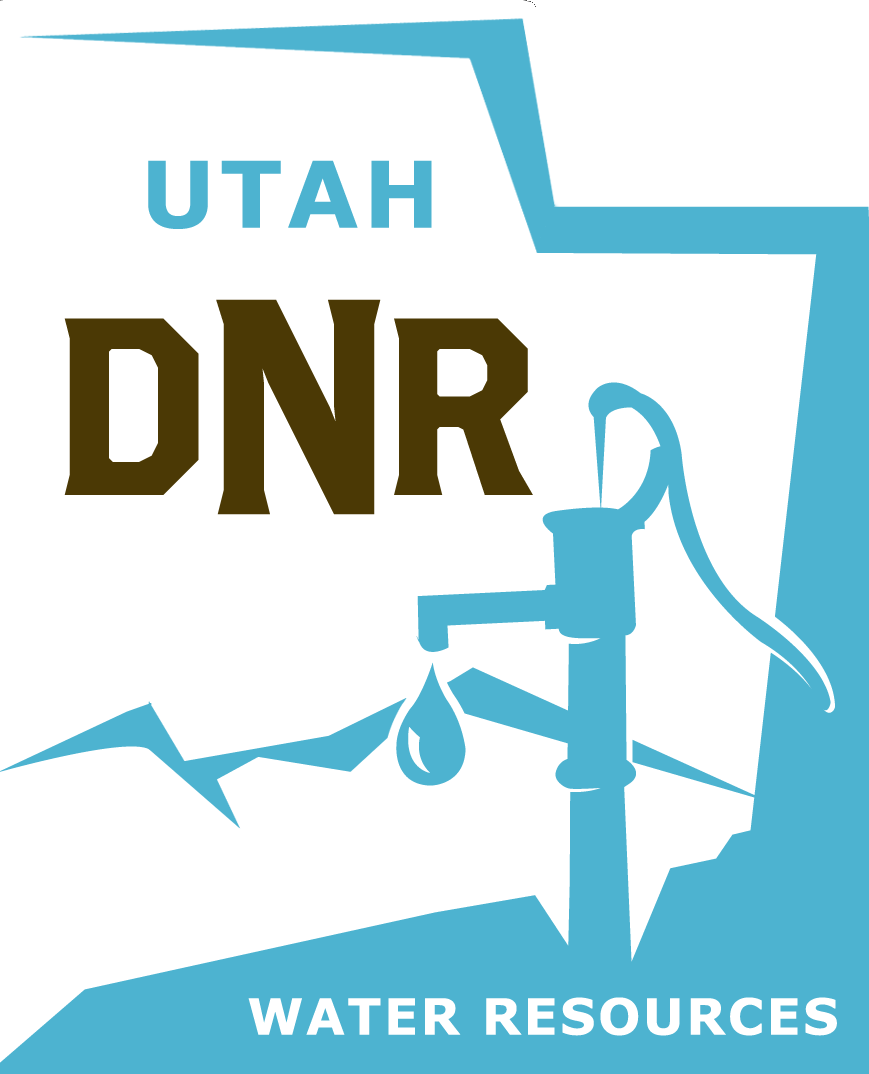
utah division of water resources
The Board of Water Resources appropriates funds to improve safety and water efficiency, develop new water projects, and refurbish aging infrastructure. Private or public water service providers can apply. Low-interest rates and repayment terms tailored to the project area’s affordability guidelines are available for qualifying projects. To be eligible for funding, a project cannot be routine operation and maintenance, cannot be sponsored by a developer or an individual/family and cannot be for a domestic water system where less than half of the residents live in the service area year-round. All other water projects will be considered for funding.
UTAH BOARD OF WATER RESOURCES
Local/Other Funding:
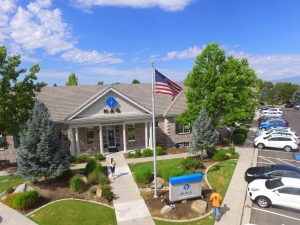
community development block grants
Sponsored by the US Department of Housing and Urban Development, the CDBG program aims to build viable communities by providing critical services to the most vulnerable, supporting neighborhood and community improvements, creating jobs for low- and moderate-income residents, and fostering projects that create and maintain affordable housing. Non-housing community development projects may include but are not limited to neighborhood improvement, transportation, infrastructure, community amenities, water and sewer systems, and economic development activities.
CDBG PROGRAM
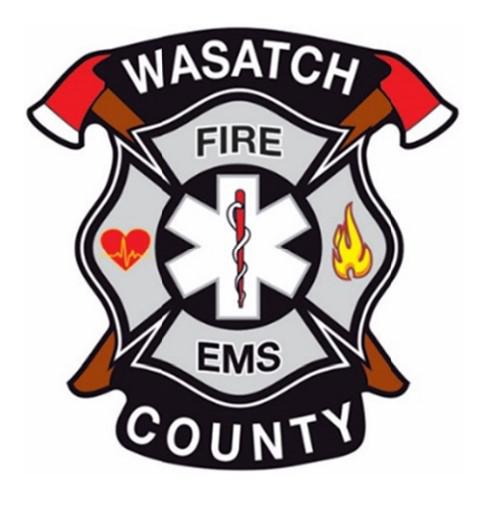
County fire districts
County fire departments are involved in outreach and education, enforcing fire-related laws, approving plans, and conducting mitigation efforts such as controlled burns and fuel thinning.
See your county's fire department for program information and how to match funding for projects.
PARK CITY FIRE DISTRICT
WASATCH COUNTY FIRE
UTAH COUNTY FIRE MARSHAL'S OFFICE

MAG PLANNING
MAG plans for and funds transportation-related projects that could include evacuation routes, seismic upgrades for structures, fire break trails, and more. MAG also facilitates other projects that require coordination across boundaries and provides land-use planning and other technical assistance.
MAG has a grant writer specifically for Wasatch County. She can help find grants, determine eligibility, and assist with or complete the application process. Contact Nancy O'Toole for any grant-writing questions.notoole@mountainland.org
MAG PLANNING
Explore Plans, Studies, Reports, and Technical Information
Resources used to create the current plan
